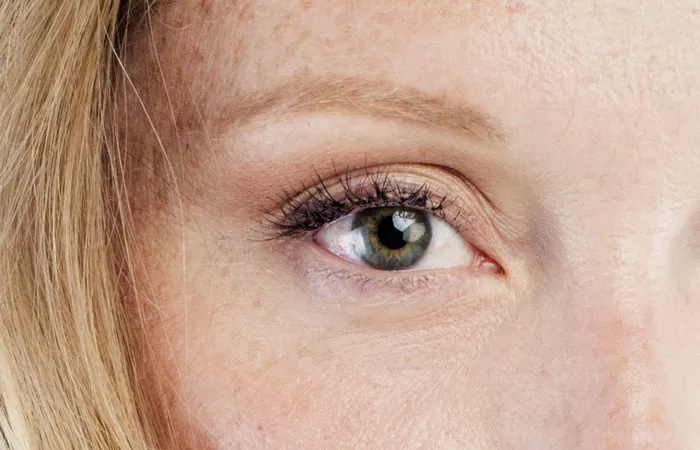The shape and appearance of the eyes are unique to each individual and can vary across different ethnicities and populations. One distinguishing feature of the eyelids is the presence or absence of a crease, commonly known as a “double eyelid.” While the prevalence of double eyelids varies among different ethnic groups, it is important to understand that it is not a rarity but rather a natural variation in eyelid anatomy. In this article, we will explore the concept of double eyelids, discuss the variations across different populations, and address common misconceptions surrounding their rarity.
Understanding Double Eyelids
Double eyelids refer to the presence of a distinct crease on the upper eyelid, creating a visible fold when the eyes are open. This crease is formed by the attachment of the levator muscle, which lifts the eyelid, to the underlying eyelid skin. Double eyelids are characterized by a visible fold that separates the upper eyelid into two distinct parts: the upper platform and the lower platform.
Variations in Eyelid Anatomy
Eyelid anatomy can vary significantly among individuals and is influenced by genetic factors, as well as ethnic and regional characteristics. The presence or absence of a double eyelid crease is not an indication of beauty or desirability but rather a reflection of these variations. It is important to celebrate and appreciate the diversity of eyelid types and understand that there is no “ideal” or “standard” eyelid appearance.
Prevalence of Double Eyelids
The prevalence of double eyelids varies among different ethnic groups and populations. It is important to note that these figures are approximate and can vary within subgroups and across different regions:
- East Asian Populations: Double eyelids are commonly observed in East Asian populations, including individuals of Chinese, Korean, Japanese, and Southeast Asian descent. Studies suggest that the prevalence of double eyelids in these populations ranges from approximately 50% to 80%.
- Caucasian and European Populations: In Caucasians and individuals of European descent, the prevalence of double eyelids is estimated to be around 70% to 90%. However, it is essential to recognize that there is significant natural variation within these populations as well.
- African and African-American Populations: Double eyelids are generally less common in individuals of African and African-American descent, with estimates suggesting a prevalence of around 10% to 20%. However, as with any population, there can be variations within subgroups.
- South Asian and Middle Eastern Populations: In South Asian and Middle Eastern populations, the prevalence of double eyelids can vary, with estimates ranging from 20% to 50%. Again, it is important to remember that these figures are approximate and can differ among specific ethnic groups within these populations.
Common Misconceptions
There are several misconceptions surrounding double eyelids that can perpetuate stereotypes and misinformation. It is important to dispel these myths and promote a more inclusive understanding of eyelid anatomy:
- Double Eyelids as a Rarity: While double eyelids may be less prevalent in some populations, they are not rare or abnormal. It is crucial to avoid generalizations and celebrate the natural diversity of eyelid types.
- Beauty Standards and Double Eyelids: The perception of beauty varies across cultures and individuals. It is important to recognize that beauty is subjective and should not be defined solely by the presence or absence of a double eyelid crease.
- Surgical Alteration of Eyelids: Some individuals may choose to undergo cosmetic procedures, such as double eyelid surgery or blepharoplasty, to create or enhance a double eyelid appearance. It is essential to approach these procedures with careful consideration, understanding the potential risks and benefits, and consulting with a qualified plastic surgeon.
Celebrating Eyelid Diversity
Rather than focusing on rarity or specific beauty ideals, it is crucial to celebrate the natural diversity of eyelid types. The shape and appearance of the eyes contribute to the unique beauty of each individual, regardless of the presence or absence of a double eyelid crease. Embracing and appreciating the variations in eyelid anatomy can foster a more inclusive and positive perception of beauty.
Conclusion
Double eyelids are a natural variation in eyelid anatomy and can be observed in various ethnic groups and populations. While the prevalence of double eyelids may vary among different ethnicities, it is important to understand that they are not rare or abnormal. Eyelid diversity is a beautiful reflection of our unique genetic backgrounds and should be celebrated. Rather than focusing on specific beauty standards, let us embrace the natural variations in eyelid anatomy and promote a more inclusive understanding of beauty.


